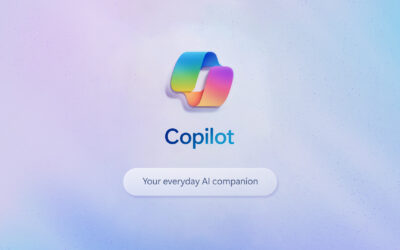The digitisation of healthcare is rapidly advancing and the vulnerabilities within systems are becoming more evident. Hospitals, custodians of vast amounts of sensitive patient data, find themselves at the forefront of cyber threats. We discuss the four main cyber risks faced by the healthcare sector and explore strategic mitigation approaches, it becomes clear that securing patient information is as critical as providing quality care.
Understanding the Risks
Data Security
Healthcare databases, brimming with sensitive patient information, have become lucrative targets for cybercriminals. Recent incidents, such as the 23andme attack, underscore the urgency of addressing data security. Aplite researchers have discovered thousands of DICOM servers globally, with minimal authorisation measures in place. Cloud service adoption, while beneficial, introduces additional risks without proper risk mitigation strategies.
Application security
The reliance on diverse medical equipment that might be running on bespoke or outdated software leaves healthcare systems vulnerable. Medical devices, often lacking built-in security features, present an enticing opportunity for threat actors. The interconnected nature of these devices amplifies the risk, demanding a comprehensive approach to application security.
Infrastructure security
The vast cyber-attack surface in healthcare, coupled with a challenging physical footprint, makes securing IT infrastructure a formidable task. The multitude of small healthcare organisations, each with unique needs and limited budgets, further complicates the scenario. The use of unprotected personal devices and the phenomenon of Bring Your Own Device (BYOD) introduce additional gateways for threat actors.
Security Awareness
Hospitals, with their bustling workforce focused on patient care, are particularly susceptible to social engineering and phishing attacks. The compromise of admin rights through such tactics can provide threat actors access to trusted networks. Addressing the human element in cybersecurity becomes imperative in this context.
Mitigating the cybersecurity risks for healthcare
Data security: A holistic approach
Conducting a comprehensive review to identify critical data sets is the first step in mitigating data security risks. Implementing cloud security configuration reviews ensures adherence to industry best practices, with a focus on governance, privacy, and security oversight.
Application security: Prioritise vulnerability management
Employing vulnerability scanning and management is crucial in identifying and prioritising critical vulnerabilities. Penetration testing serves as an additional layer, uncovering security configuration errors and weaknesses in medical devices.
Infrastructure security: Embrace managed detection and response (MDR)
To tackle the vast cyber-attack surface, hospitals should adopt MDR solutions across all endpoints. Automated 24/7 monitoring coupled with a manned Security Operations Centre (SOC) ensures swift responses to suspicious activities, safeguarding against potential threats.
Security awareness: Empowering the workforce
Staff awareness training emerges as a proven defence against phishing and social engineering attacks. Configuring email gateways and firewalls to recognise and block malicious content adds an additional layer of protection against the unwitting actions of busy healthcare professionals.
In the face of these challenges, hospitals grapple with the dual responsibility of patient care and cybersecurity. Balancing budgets for improved security against the immediate needs of patient care is a complex task. The intricacies extend beyond individual organisations, involving central contracting, licensing agreements, and the overarching structure of healthcare systems.
Governments, healthcare providers, and cybersecurity experts must come together to develop comprehensive strategies that prioritise patient safety while safeguarding sensitive medical information. The path to a secure healthcare future requires a united front against cyber threats, ensuring that our hospitals remain sanctuaries of healing in the digital age.



